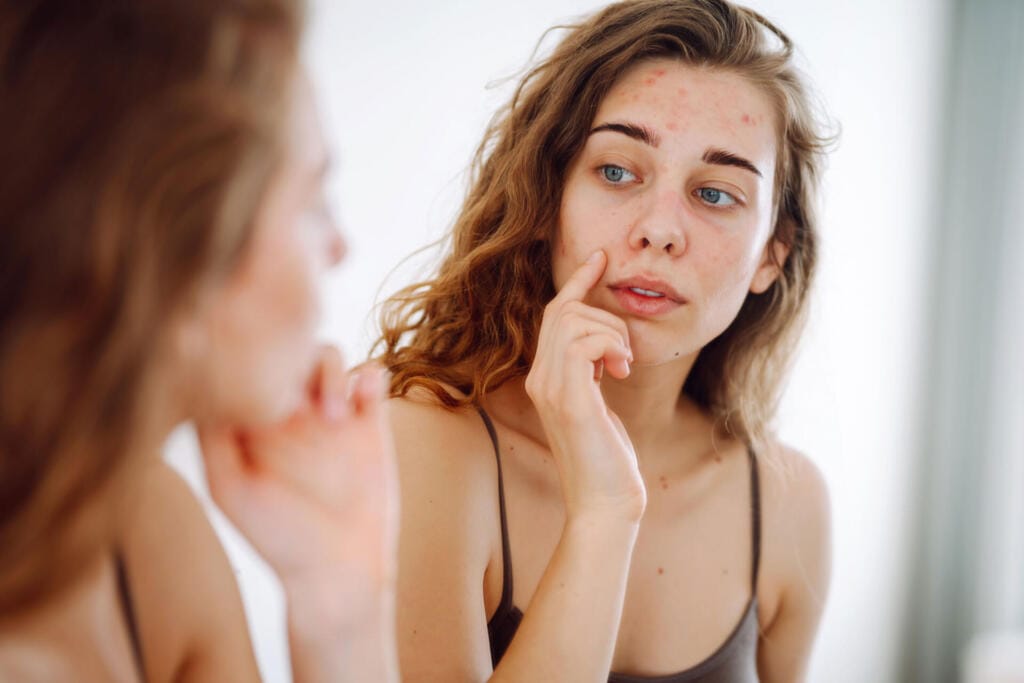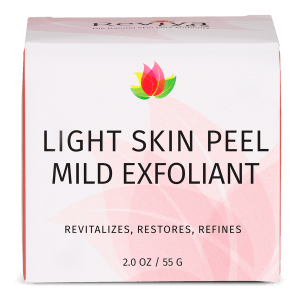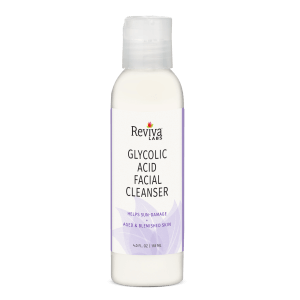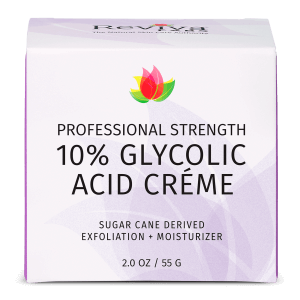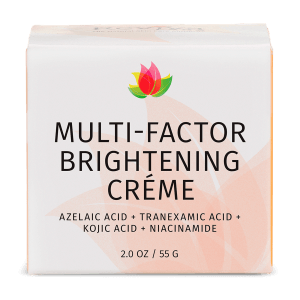Ingredients, Reviva Labs, Skin Care
Acne Fighting Ingredients You Should Know
When it comes to acne and blemishes, there’s no shortage of advice. But one thing’s clear: not all ingredients are created equal. Whether you’re battling persistent breakouts or those occasional spots that seem to appear out of nowhere, the key lies in understanding how certain ingredients can make a difference in treating breakouts, reducing blemishes, and leaving your skin feeling clear and balanced.
Let’s take a closer look at some powerhouse ingredients that have earned their spot in the fight against acne and blemishes. Each of them have their own unique way of working within the skin to target different acne-causing offenders.
Benzoyl Peroxide: The Acne-Fighting Heavyweight
Benzoyl peroxide has earned its reputation as one of the most effective ingredients for treating acne. Why? It attacks acne at its root by directly targeting the bacteria responsible for breakouts, known as P.acnes. This bacterium loves to live in clogged pores, where it thrives and multiplies, causing those red, inflamed pimples we all dread.
What makes benzoyl peroxide so effective is its ability to penetrate the skin deeply. Once inside, it releases oxygen, creating an inhospitable environment for acne-causing bacteria. Without bacteria to fuel the inflammation, pimples dry up and fade faster. But that’s not all—benzoyl peroxide also helps unclog pores by reducing the oil and dead skin buildup that often leads to breakouts in the first place.
However, one thing to remember is that benzoyl peroxide can be drying. It’s essential to balance its use with hydrating products to keep your skin from feeling overly tight. If you’re just starting out, opt for a lower concentration (2.5% to 5%) and slowly work your way up to avoid irritation.
Salicylic Acid: The Blemish-Busting Exfoliant
Salicylic acid is another hero in the acne world, and it operates differently than benzoyl peroxide. Rather than killing bacteria, salicylic acid is a beta hydroxy acid (BHA) that penetrates deep into the pores, breaking down the excess sebum (oil) and dead skin cells that clog pores. It’s oil-soluble, which allows it to dive beneath the skin’s surface and exfoliate from within.
By clearing out pores, salicylic acid helps prevent blackheads, whiteheads, and future breakouts. It’s also anti-inflammatory, making it especially useful for reducing the redness and swelling that come with acne.
Because salicylic acid focuses on exfoliation and controlling oil production, it’s a great option for those with oily and combination skin. But like benzoyl peroxide, it can cause dryness or irritation if used too frequently. Stick to a balanced routine to keep your skin happy.
Tranexamic Acid: The Dark Spot Corrector
While tranexamic acid might not be the first ingredient you think of when it comes to acne, it’s a game-changer for what happens after breakouts—those stubborn dark spots left behind, also known as post-inflammatory hyperpigmentation (PIH). This ingredient works by inhibiting the transfer of pigment to the skin’s surface, helping to fade dark marks over time.
If you’ve ever had acne leave behind red or brown spots long after the pimple has healed, tranexamic acid could be your new best friend. It’s a skin brightener that helps even out skin tone, making it essential for those looking to tackle both acne and the discoloration that often follows.
Another bonus? Tranexamic acid is generally gentle on the skin, making it suitable for almost all skin types, including sensitive skin. Pairing it with other acne-fighting ingredients can help you achieve clear and even-toned skin.
Kojic Acid: Nature’s Skin Brightener
Kojic acid is another star ingredient when it comes to fading acne scars and preventing dark spots. It’s derived from fungi, specifically Aspergillus, and works similarly to tranexamic acid by inhibiting melanin production. Over time, kojic acid can reduce the appearance of dark spots and give your skin a more radiant look.
But kojic acid’s benefits don’t stop there. It also has antioxidant properties, helping to protect the skin from environmental damage that can contribute to premature aging and uneven skin tone. If your skin tends to be sensitive, it’s best to introduce kojic acid slowly into your routine, as it can sometimes cause irritation in higher concentrations. Start with products containing a lower percentage (around 1%) and observe how your skin reacts.
Glycolic Acid: The Exfoliation Superstar
Glycolic acid, a popular alpha hydroxy acid (AHA), is your best friend when it comes to tackling dull, congested skin. With the smallest molecular size among AHAs, glycolic acid can penetrate deeply into the skin’s surface layers, making it incredibly effective at exfoliating dead skin cells and promoting cell turnover.
For acne-prone skin, glycolic acid helps prevent clogged pores while also improving the appearance of acne scars and discoloration. It’s particularly beneficial for those dealing with both active breakouts and the aftermath—think of it as a two-in-one solution. By sloughing off dead skin cells, it encourages fresh, healthy cells to come to the surface, giving your complexion a smoother, more even appearance.
Glycolic acid can be found in various strengths, so if you’re new to chemical exfoliants, start with a lower concentration (around 5-10%) and gradually increase your tolerance. Just be sure to use sunscreen religiously, as exfoliating acids can make your skin more sensitive to the sun.
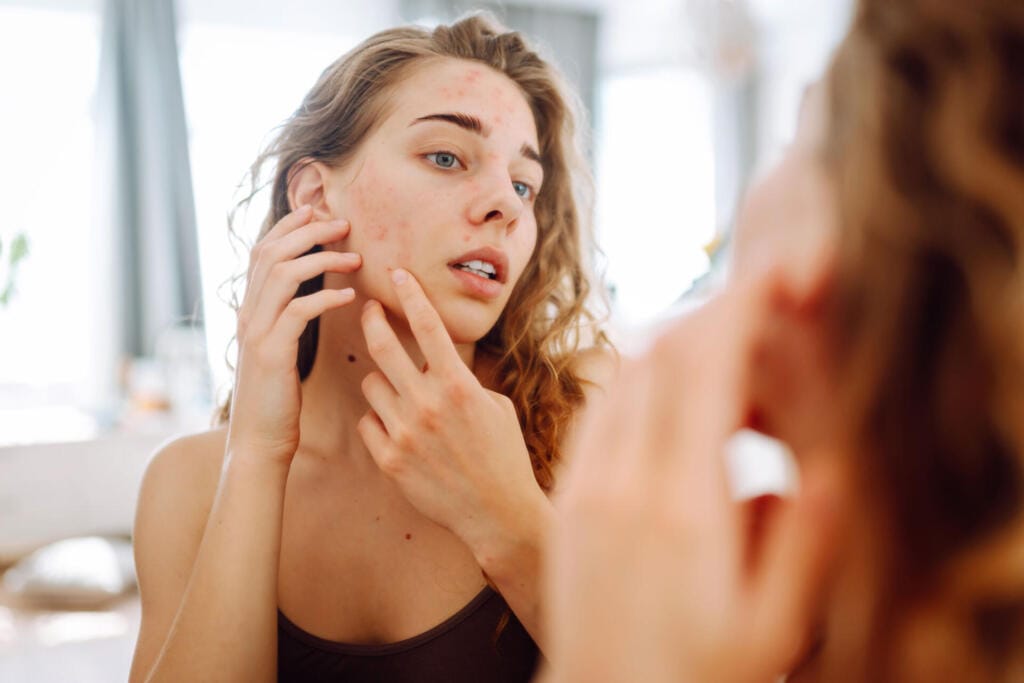
Niacinamide: The Skin Barrier Booster
Niacinamide, also known as vitamin B3, is the multitasker of skincare. It does everything from strengthening your skin barrier to regulating oil production, making it a fantastic ingredient for acne-prone skin. One of its biggest advantages is its anti-inflammatory properties, which help reduce the redness and irritation that often accompany breakouts.
Niacinamide also plays a role in controlling sebum production. If you struggle with oily skin and acne, this is a game-changer. By balancing the skin’s oil levels, niacinamide helps keep pores clear and reduces the likelihood of future breakouts. Plus, it’s gentle enough to use alongside other active ingredients like benzoyl peroxide or salicylic acid, which can sometimes be too harsh on their own.
And if you’re dealing with acne scars or discoloration, niacinamide can help with that too. It brightens the skin and promotes an even complexion without irritating the skin, making it a go-to for anyone with sensitive skin.
Finding the Balance
So, how do you use all these ingredients together? It’s important to balance active ingredients to avoid overloading your skin. Start with a gentle cleanser and incorporate salicylic acid as your daily exfoliant. Follow with a benzoyl peroxide treatment for active breakouts and use niacinamide to calm and regulate your skin. For brightening and fading acne scars, kojic acid or tranexamic acid can be applied in the evening. Finally, don’t forget to moisturize! Hydration is key to keeping your skin healthy, even when using acne-fighting ingredients.
In the world of acne treatment, there’s no one-size-fits-all solution. But by understanding how these ingredients work, you can craft a routine that’s tailored to your skin’s needs and target the issues that matter most—whether it’s clearing breakouts, reducing oil, or fading scars. So go ahead, give these ingredients a try, and watch your skin transform!

